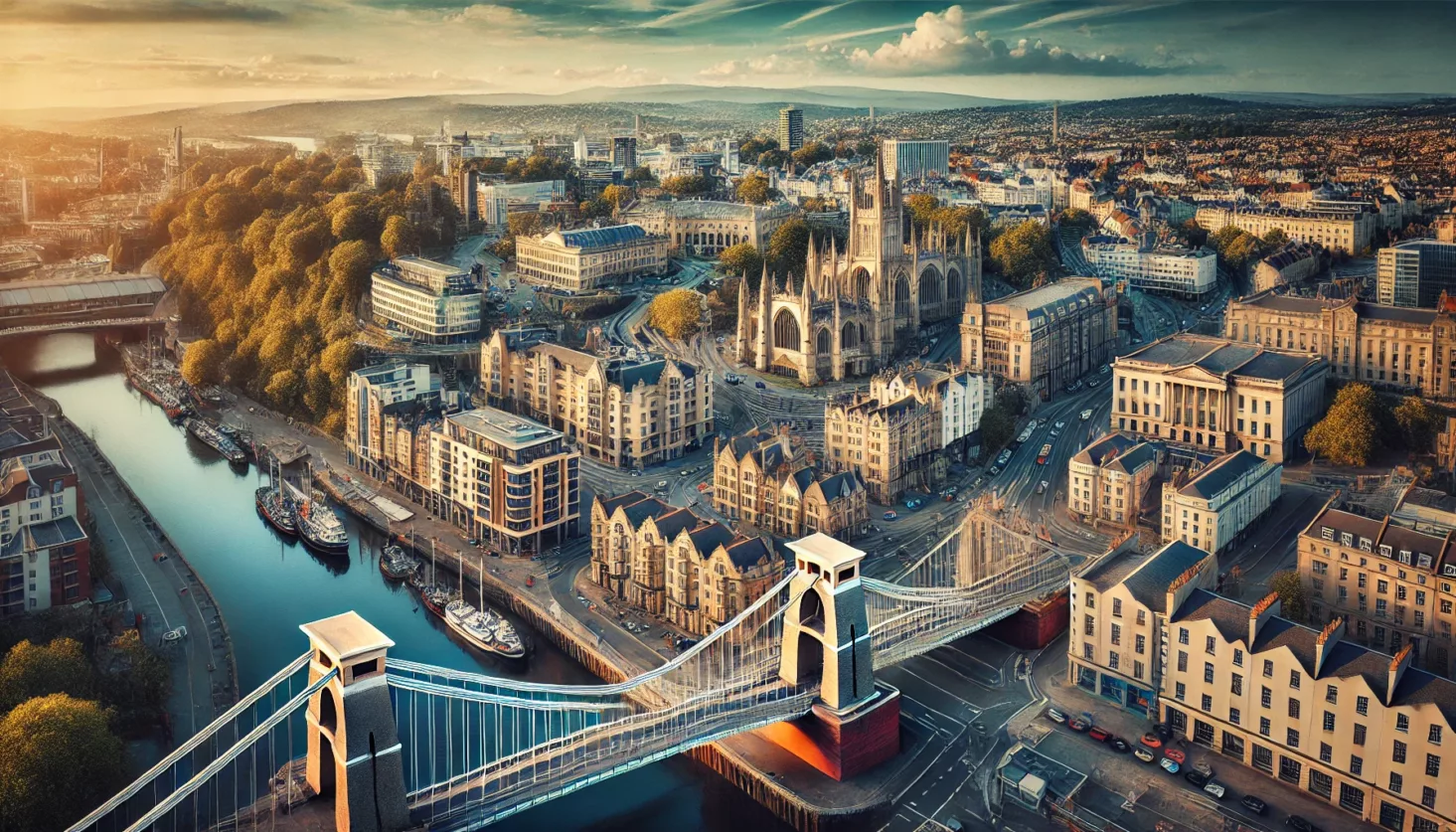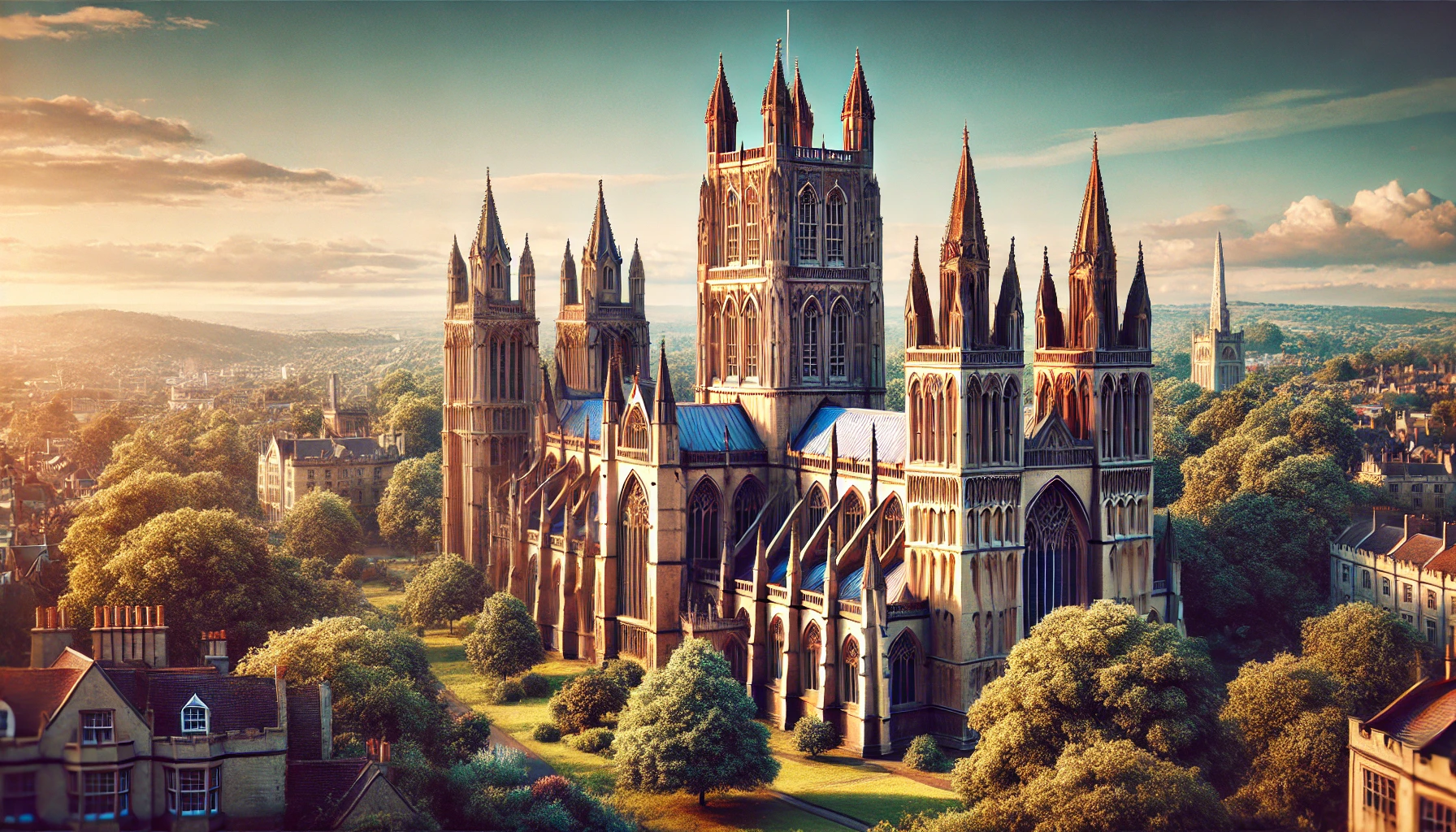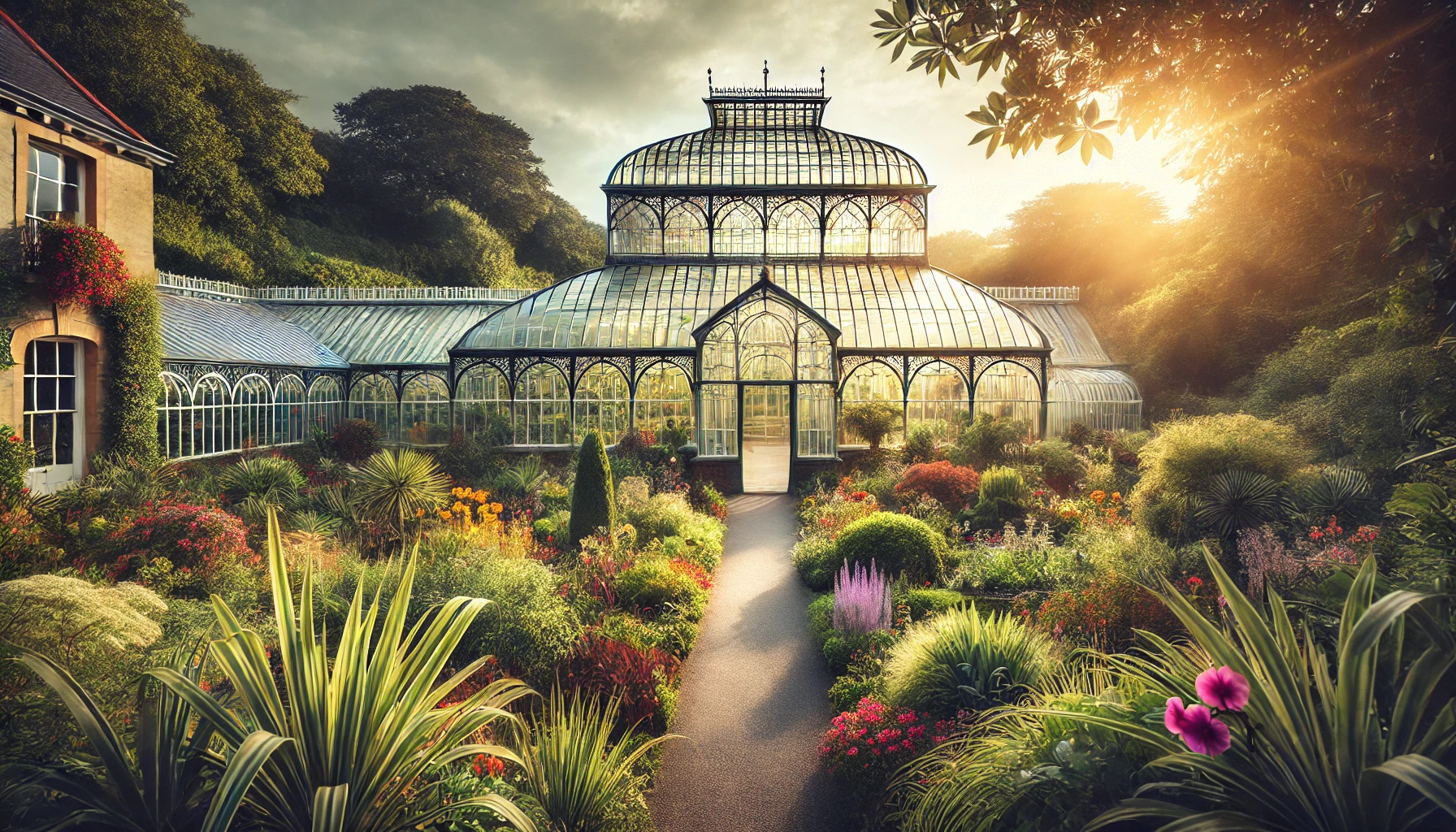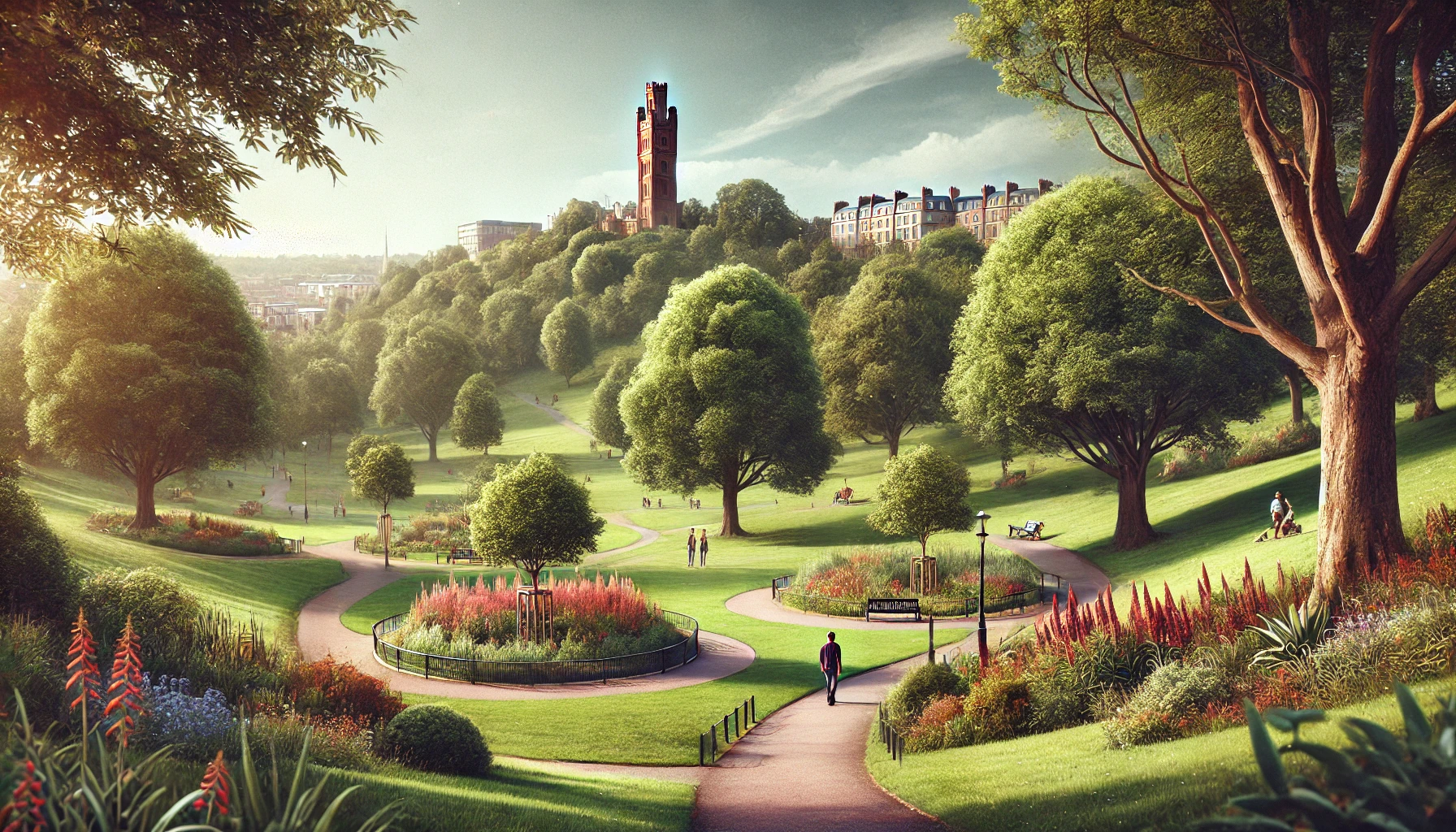
The Best Bristol Attractions for Architecture Lovers
Bristol is a city steeped in history and brimming with architectural marvels that tell the story of its vibrant past and innovative present. From stunning Georgian terraces to contemporary designs, there’s no shortage of visual delights for those with an eye for detail and a passion for beautiful structures. Exploring Bristol attractions for architecture lovers is not just about admiring buildings; it’s about immersing yourself in the stories these structures have to tell, capturing the essence of the city’s rich cultural and architectural heritage.
One of the best ways to dive into the architectural wonders of Bristol is by visiting its many historic sites. These landmarks not only showcase the city’s impressive architectural evolution but also provide a glimpse into its fascinating history. For a deeper understanding of the iconic buildings that define Bristol’s skyline, explore the extensive list of historic sites in Bristol. From medieval churches to Victorian masterpieces, these sites offer a journey through time, revealing how the city has transformed over the centuries.
Bristol’s architecture is also closely linked to its thriving arts scene. Many of the city’s most striking buildings double as cultural hubs, housing galleries, theaters, and creative spaces. This synergy between art and architecture makes Bristol a unique destination for those looking to experience the intersection of creative expression and structural design. To truly appreciate this blend, take a closer look at Bristol’s arts scene and discover how these venues not only contribute to the city’s cultural vibrancy but also stand as architectural landmarks in their own right.
No architectural tour of Bristol would be complete without pausing to enjoy the city’s diverse culinary offerings. After a day spent exploring the stunning facades and intricate designs, why not relax and refuel at one of the many charming restaurants or cafes nestled within these historic settings? Whether you’re in the mood for a quick coffee or a leisurely meal, the city’s dining scene offers the perfect complement to your architectural journey. For a guide to some of the best spots to dine amidst beautiful surroundings, explore the variety of restaurants and cafes in Bristol, where you can soak up the ambiance while savoring delicious food.
In essence, Bristol’s architectural attractions provide a unique window into the city’s soul. Each building, whether a centuries-old landmark or a modern masterpiece, reflects a chapter in Bristol’s ongoing story of growth and transformation. From the elegance of Georgian crescents to the boldness of contemporary designs, the city’s architectural landscape is as diverse as it is inspiring. Whether you’re an architecture aficionado or simply appreciate beautiful buildings, Bristol’s attractions are sure to captivate and inspire, offering a rich tapestry of styles and stories that celebrate the city’s unique identity.
So, if you’re ready to embark on an architectural adventure, prepare to be dazzled by the best Bristol has to offer. With its eclectic mix of historic grandeur and modern innovation, the city invites you to explore its streets, discover its secrets, and fall in love with its stunning array of architectural treasures.
Iconic Landmarks: A Journey Through History
![]()
One of Bristol’s most iconic landmarks, the Clifton Suspension Bridge, is a must-see for any architecture lover. Designed by the renowned engineer Isambard Kingdom Brunel, this stunning bridge spans the Avon Gorge and connects Clifton to Leigh Woods. Completed in 1864, it was celebrated for its innovative design and engineering marvel, becoming a symbol of Bristol.
The bridge features a remarkable iron chain suspension system, which was groundbreaking for its time. As you walk across, you’ll be treated to breathtaking views of the gorge and the surrounding landscape. The bridge is not only an engineering triumph but also an architectural masterpiece, with its elegant towers and graceful lines that harmonize beautifully with the natural environment.
Visiting the Clifton Suspension Bridge allows you to appreciate both its historical significance and its aesthetic beauty. There are several viewpoints around the area, including the Clifton Observatory, where you can capture stunning photographs and learn about the bridge’s construction and history.
St. Mary Redcliffe Church is another architectural gem that showcases Bristol’s rich history. This medieval parish church, located in the heart of the city, is famous for its stunning Gothic architecture and intricate stained glass windows. The church dates back to the 12th century and has undergone numerous renovations and additions throughout the centuries.
One of the most striking features of St. Mary Redcliffe is its towering spire, which stands at 89 meters tall, making it one of the tallest structures in Bristol. Inside, visitors can admire the elaborate woodwork, ornate carvings, and a beautiful altar that reflects the craftsmanship of the era. The church’s impressive interior also features a variety of memorials and tombs, adding to its historical significance.
The surrounding churchyard is a peaceful oasis in the bustling city, providing a perfect spot for reflection and exploration. Regular services, concerts, and community events make St. Mary Redcliffe a vibrant part of Bristol’s architectural and cultural landscape.
Modern Marvels: Contemporary Architecture in Bristol
The Harbourside area of Bristol is a shining example of modern architectural innovation. Once a hub of maritime activity, the waterfront has undergone a dramatic transformation over the past few decades, evolving into a lively cultural and residential district. The development showcases a mix of contemporary buildings, public spaces, and recreational areas that celebrate the city’s maritime heritage.
One of the standout features of the Harbourside is the architecturally striking Bristol Aquarium. Designed to mimic a marine environment, the building features curved glass panels and sustainable design elements that allow for natural light while minimizing energy use. Visitors can explore a variety of marine habitats and learn about the importance of ocean conservation.
Another highlight of the Harbourside is the M-Shed, a museum dedicated to Bristol’s social and industrial history. The building itself is a modern structure constructed from recycled materials, seamlessly blending with the historic port surroundings. Inside, you’ll find exhibitions that delve into Bristol’s past, including its maritime history and cultural contributions.
The Harbourside also hosts various events and festivals throughout the year, making it a vibrant gathering place for locals and visitors. With its blend of modern architecture, cultural attractions, and waterfront views, the Harbourside is a must-visit destination for architecture lovers.
For those interested in innovative design, The Wave is a groundbreaking project that showcases Bristol’s commitment to sustainability and eco-friendly architecture. Located just outside the city center, The Wave is an inland surfing destination designed to provide year-round surfing experiences while minimizing its environmental impact.
The facility features a state-of-the-art wave-generating system that creates perfect surfing conditions, attracting enthusiasts from all over. The building itself is designed with sustainability in mind, utilizing natural materials and incorporating green technologies such as solar panels and rainwater harvesting systems.
The Wave not only serves as a unique recreational facility but also promotes a message of environmental stewardship and community engagement. Its innovative design and commitment to sustainability make it a standout example of contemporary architecture in Bristol.
Historical Treasures: Exploring Bristol’s Heritage

Bristol Cathedral is a magnificent example of Gothic architecture that has stood the test of time. Dating back to the 12th century, this stunning building is known for its intricate stonework, soaring arches, and beautiful stained glass windows. The cathedral’s history is rich, having played a significant role in Bristol’s religious and cultural development over the centuries.
One of the most notable features of Bristol Cathedral is its impressive nave, which boasts a stunning vaulted ceiling and elegant columns. Visitors can explore the serene cloisters, adorned with intricate carvings and historical artifacts. The cathedral also houses several chapels, each with its own unique architectural details and artwork.
The cathedral’s grounds are equally enchanting, offering a peaceful escape from the bustling city. The gardens are meticulously maintained and provide a beautiful setting for reflection and exploration. Regular services, concerts, and community events take place at the cathedral, making it a vibrant part of Bristol’s architectural heritage.
The Bristol Old Vic is not only the oldest continuously working theatre in the English-speaking world but also an architectural marvel. Originally built in the 18th century, the theatre has undergone several renovations, preserving its historic charm while incorporating modern elements. The building’s elegant Georgian façade and grand entrance create a striking first impression.
Inside, the Bristol Old Vic boasts a beautifully restored auditorium, complete with ornate detailing and plush seating. The theatre’s commitment to showcasing both classic and contemporary performances has made it a cornerstone of Bristol’s cultural scene. The venue also hosts various events and workshops, engaging the community and fostering a love for the performing arts.
Visitors to the Bristol Old Vic can enjoy a behind-the-scenes tour, providing insight into the theatre’s history and architectural significance. Whether you’re attending a performance or simply admiring the building, the Bristol Old Vic is a must-visit attraction for architecture lovers and culture enthusiasts alike.
Unique Architectural Features: Bristol’s Distinctive Styles
Cabot Tower, located in Brandon Hill Park, is a prominent landmark that offers stunning panoramic views of the city. Built in 1897 to commemorate John Cabot’s transatlantic voyage, this tower stands at 32 meters tall and showcases a unique design that reflects the Victorian architectural style.
Visitors can climb the spiral staircase to the top of the tower, where they are rewarded with breathtaking views of Bristol’s skyline and the surrounding countryside. The tower’s exterior features intricate stonework and decorative elements that add to its visual appeal.
Brandon Hill Park, surrounding the tower, is a lovely green space that provides a peaceful retreat from the hustle and bustle of the city. The combination of the tower and the park makes it a popular spot for both locals and tourists, offering a perfect blend of history, architecture, and natural beauty.
The Red Lodge Museum is a hidden gem that showcases Bristol’s architectural heritage and social history. Originally built in the 16th century as a grand townhouse, the museum features an impressive mix of Tudor and Georgian architecture. The building’s distinctive red timber-framed façade gives it its name and makes it a notable landmark.
Inside, visitors can explore the beautifully restored rooms, each decorated with period furnishings and artwork that tell the story of Bristol’s past. The museum also hosts exhibitions and events that delve into the city’s history, making it an engaging destination for architecture lovers and history buffs alike.
The tranquil gardens surrounding the museum provide a lovely setting for a leisurely stroll, allowing visitors to fully appreciate the architectural beauty of The Red Lodge. Its rich history and stunning design make it a must-visit attraction for those interested in Bristol’s architectural legacy.
Sustainable Architecture: Bristol’s Commitment to Eco-Friendly Design

The Bristol Green House is a remarkable example of sustainable architecture that emphasizes eco-friendly design principles. This innovative building, located in the city center, showcases a modern approach to environmentally conscious living and working. The Green House features solar panels, green roofs, and energy-efficient systems that minimize its carbon footprint.
Inside, the building offers a range of flexible workspaces, promoting collaboration and creativity among its occupants. The design incorporates natural materials and ample natural light, creating a pleasant and productive environment. The Bristol Green House serves as a model for future developments in the city, demonstrating that sustainability and modern architecture can go hand in hand.
The Engine Shed is another fantastic example of Bristol’s commitment to sustainable architecture. Located in the heart of the city, this former railway workshop has been transformed into a hub for innovation and entrepreneurship. The building retains its industrial charm while incorporating modern design elements and eco-friendly features.
The Engine Shed is home to a variety of businesses and startups focused on technology and sustainability. The space encourages collaboration and creativity, fostering a vibrant community of innovators. The building’s adaptive reuse reflects Bristol’s commitment to preserving its architectural heritage while embracing modern needs.
Visitors to the Engine Shed can explore the space and learn about the innovative projects taking place within. The blend of historic architecture and contemporary design makes it a unique destination for those interested in the future of sustainable living.
Conclusion: Embracing Bristol’s Architectural Diversity

Bristol’s architectural landscape is a testament to its rich history, cultural diversity, and commitment to innovation. From iconic landmarks like the Clifton Suspension Bridge to modern marvels such as The Wave, the city offers a fascinating journey through time and style. Architecture lovers will find endless inspiration in the blend of historical treasures and contemporary designs that define Bristol.
Exploring the city’s attractions not only showcases the beauty of its buildings but also tells the story of its people and their aspirations. Each structure contributes to Bristol’s unique character, reflecting the city’s evolution over the centuries. Whether you’re wandering through the historic streets, marveling at modern designs, or discovering hidden gems, Bristol’s architectural diversity promises an enriching experience.
As you plan your visit, consider taking time to explore both the well-known attractions and the lesser-known spots that make Bristol special. With its vibrant architecture and welcoming atmosphere, Bristol is sure to leave a lasting impression on anyone who appreciates the art of building and design. Embrace the journey, and let the city’s architectural wonders inspire your imagination!





